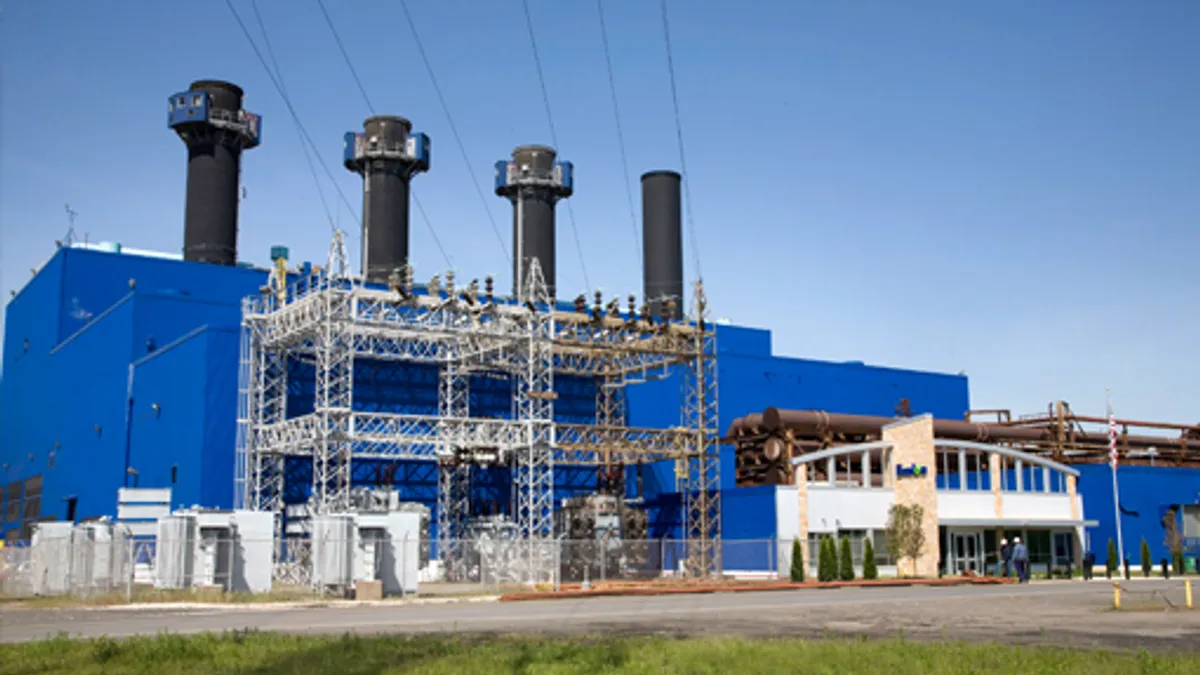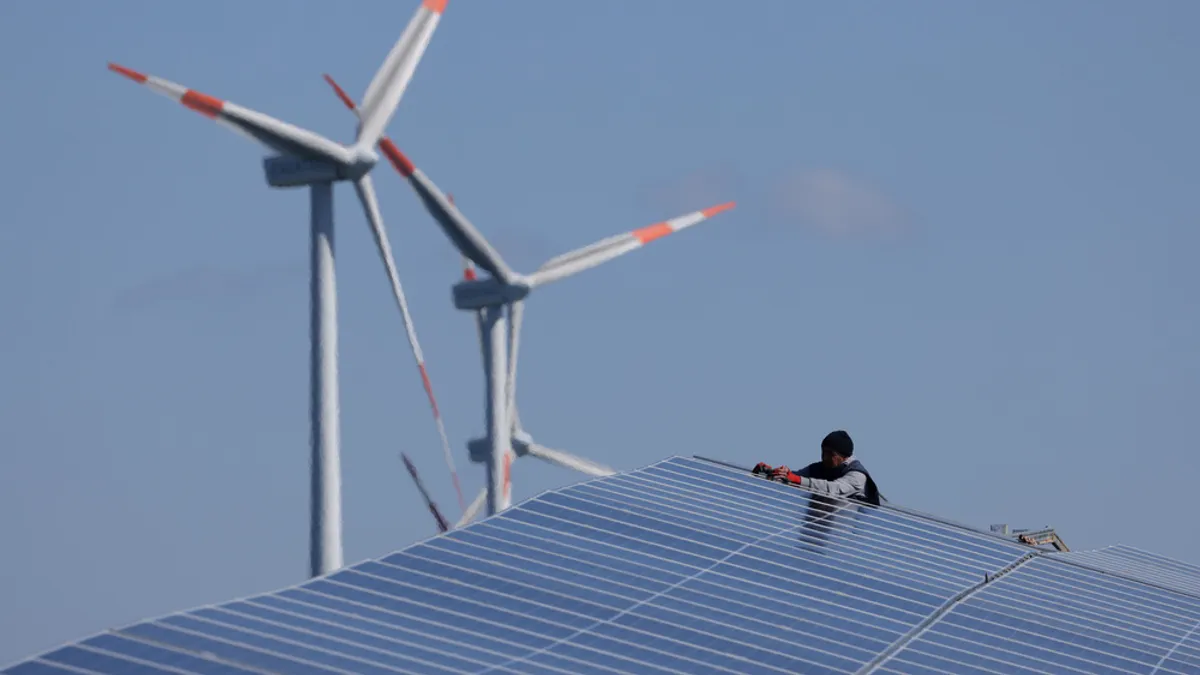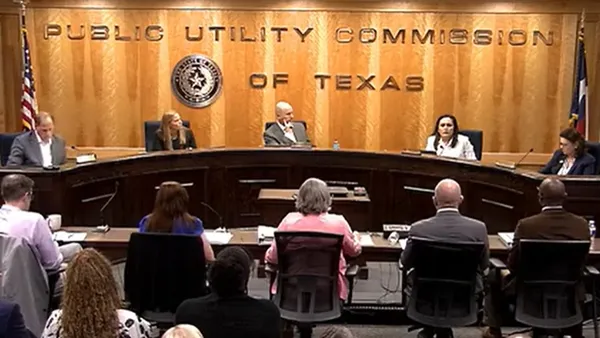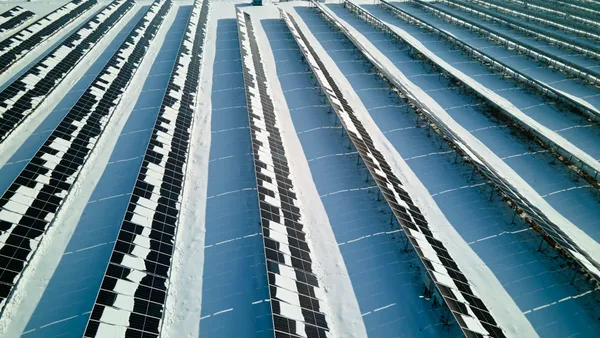Dive Brief:
- Federal carbon goals can be achieved on schedule, at minimal cost to consumers and without harming grid reliability or existing energy markets, according to Exelon Corp.
- In testimony regarding the Environmental Protection Agency's Clean Power Plan, an Exelon official said well-designed carbon reduction rules could be a driving force to modernize the country's aging electric system.
- The company is calling for EPA to give states a way to comply with new rules by imposing a cost on carbon emissions.
Dive Insight:
Officials at Exelon say the EPA's new carbon rules could help modernize the grid and will not upset energy markets or put too much strain on consumers.
Testifying before FERC at a technical conference to discuss the CPP, Kathleen Barrón, Exelon’s senior vice president of federal regulatory affairs and wholesale market policy, said EPA’s new rules will not require making a choice between greenhouse gas regulation and affordable, reliable energy. But the company is advocating for states to impose a cost on carbon, referred to in Exelon’s testimony as the “Reliability Dispatch Safe Harbor."
Under the Reliability Dispatch plan, EPA would determine a single, nationwide adder for carbon emissions. Carbon-emitting power generators in states that opt into the plan would include the carbon fee as a variable cost of operating and the state would be deemed in compliance with EPA’s interim target.
The additional carbon value would reflect the true cost of operating high-emitting plants, resulting in more clean energy sources being dispatched to the grid based on their lower true cost, Exelon believes. High-emitting plants would still be called on when needed in order to meet demand, ensuring that reliability is not compromised, Barrón said.
“We estimate that states could eliminate at least 75% of the rule’s impact on retail electric rates, limiting retail rate increases to 2% to 5% on a regional basis,” Barrón said. “This cost is within the range of routine customer rate increases, which averaged 3.2% among U.S. utilities last year.”














